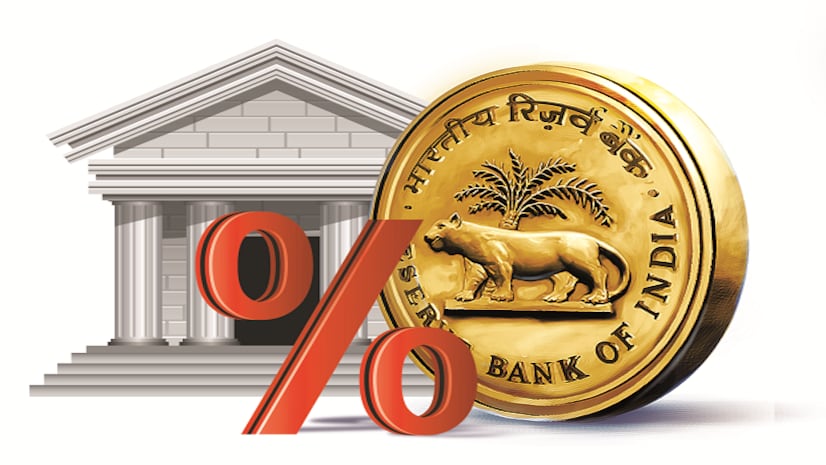RBI Repo Rate Cut
The Reserve Bank of India’s decision to cut the repo rate by 25 basis points to 6.25 per cent marks shift in monetary policy. This is the first reduction in nearly five years. The move is aimed at stimulating economic activity by making borrowing cheaper. The Monetary Policy Committee (MPC) unanimously agreed to this measure on February 7, 2025. This decision reflects the RBI’s response to current economic conditions and its commitment to encouraging growth while managing inflation.
About Repo Rate
- The repo rate is the rate at which the central bank lends money to commercial banks.
- A lower repo rate makes borrowing cheaper for banks, which can lead to reduced interest rates for consumers and businesses.
- This encourages spending and investment, which can stimulate economic growth.
Reasons for the Rate Cut
- The primary reason for the repo rate cut is to boost economic growth.
- The RBI aims to make borrowing more accessible.
- As inflation is within the target range, a rate cut supports growth while maintaining price stability.
- The MPC has projected GDP growth of 6.7 per cent and retail inflation at 4.2 per cent for the fiscal year 2025-26.
Impact on Borrowers and Lenders
The cut in the repo rate will lower equated monthly instalments (EMIs) for home and personal loans. Banks are expected to reduce their lending rates, making credit more affordable. This can lead to increased borrowing, spending, and investment. As a result, job creation may also be supported.
Potential Risks of Lower Rates
While lower interest rates can stimulate growth, they may also lead to higher inflation. Increased money supply can drive up prices. Additionally, lower rates can reduce the interest earned on savings, making saving less attractive for individuals.
Economic Growth and Inflation Outlook
The RBI has revised its GDP growth estimate for FY2025 to 6.4 per cent. This is a decrease from previous projections. Retail inflation is expected to be around 4.2 per cent in 2025-26. The RBI’s flexible inflation targeting approach aims to balance growth and inflation effectively.
Global Economic Context
The RBI’s decision aligns with global trends where many central banks have adopted accommodative monetary policies. This shift reflects a broader strategy to support economic recovery in the face of various challenges.
Month: Current Affairs - February, 2025
Category: Economy & Banking Current Affairs








